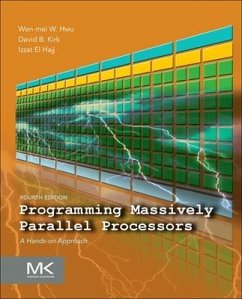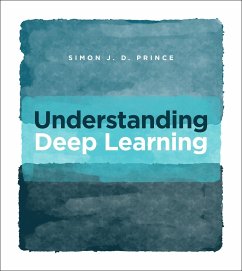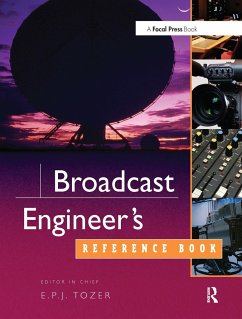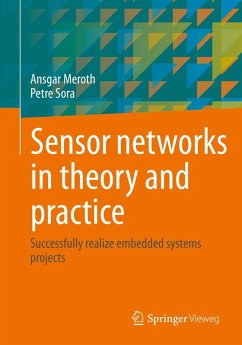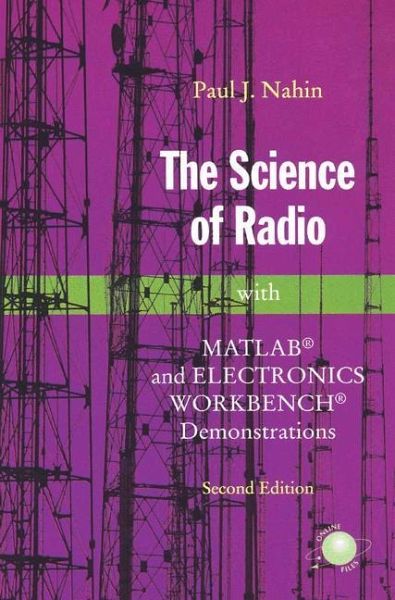
The Science of Radio
with MATLAB® and Electronics Workbench® Demonstrations
Versandkostenfrei!
Versandfertig in 1-2 Wochen
64,99 €
inkl. MwSt.

PAYBACK Punkte
32 °P sammeln!
A wealth of new experimental and theoretical results has been obtained in solar physics since the first edition of this textbook appeared in 1989. Thus all nine chapters have been thoroughly revised, and about 100 pages and many new illustrations have been added to the text. The additions include element diffusion in the solar interior, the recent neutrino experiments, methods of image restoration, observational devices used for spectroscopy and polarimetry, and new developments in helioseismology and numerical simulation. The book takes particular advantage of the results of several recent space missions, which lead to substantial progress in our understanding of the Sun, from the deep interior to the corona and solar wind.
The Science of Radio explains the working and charts the development of the ordinary AM radio receiver, which has become an integral part of our lives in the 80 years since its invention. As well as showing the reader the growth of technology in this century, the story of AM radio can provide a unique insight into the basics of electrical engineering, making the primary concepts and applications visual and comprehensible.
Taking a "top down" approach to the subject, Nahin starts with a broad overview of radio as a sociological and technological phenomenon, then describes specific advances in research that made radio possible, moving through deeper levels of technical detail as the story progresses. Readers will see how various concepts and theories are combined to achieve specific practical results. And the book's "just in time" method of introducing mathematical and physical theory only as needed to understand a topic, helps readers gain a firm grasp of often elusive material. By focusing specifically on the workings of AM radio, The Science of Radio offers both a fascinating history of radio as an information and entertainment medium and a practical, applications-oriented introduction to electrical engineering.
This second edition, written the same witty and accessible style as the first, also includes illustrative examples based on the popular MATLAB and Electronics Workbench programs now commonly used in engineering courses, as well as new technical material on differential amplifiers, more end-of-chapters problems, and additional historical discussion.
Taking a "top down" approach to the subject, Nahin starts with a broad overview of radio as a sociological and technological phenomenon, then describes specific advances in research that made radio possible, moving through deeper levels of technical detail as the story progresses. Readers will see how various concepts and theories are combined to achieve specific practical results. And the book's "just in time" method of introducing mathematical and physical theory only as needed to understand a topic, helps readers gain a firm grasp of often elusive material. By focusing specifically on the workings of AM radio, The Science of Radio offers both a fascinating history of radio as an information and entertainment medium and a practical, applications-oriented introduction to electrical engineering.
This second edition, written the same witty and accessible style as the first, also includes illustrative examples based on the popular MATLAB and Electronics Workbench programs now commonly used in engineering courses, as well as new technical material on differential amplifiers, more end-of-chapters problems, and additional historical discussion.



